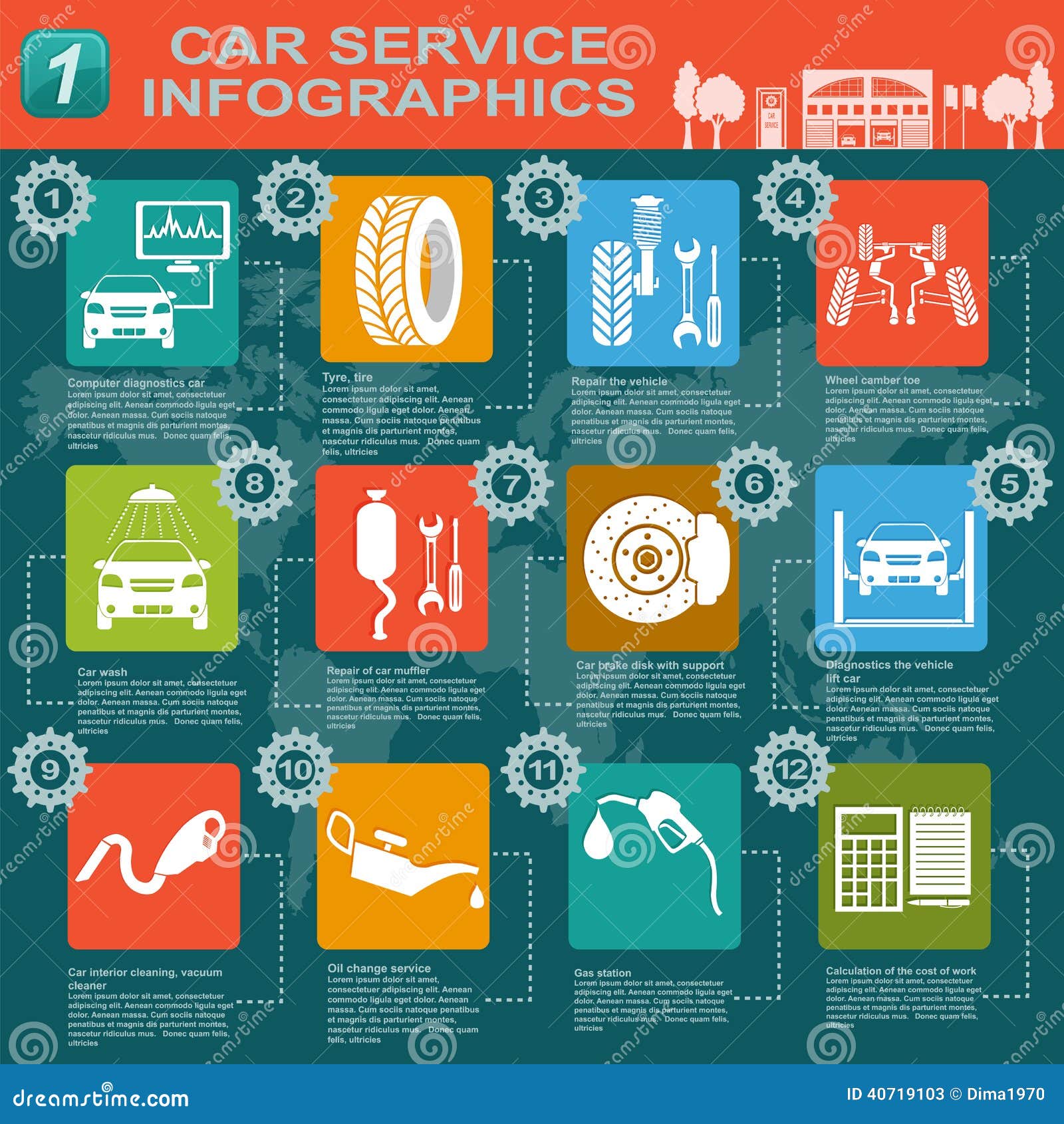Comprehending The Definition Behind Your Lorry'S Caution Lighting: A Comprehensive Look
Comprehending The Definition Behind Your Lorry'S Caution Lighting: A Comprehensive Look
Blog Article
Content Created By-Samuelsen Torres
When you're behind the wheel, those glowing warning lights on your control panel can be a bit complicated. Do you recognize what they're trying to inform you about your vehicle's wellness? Comprehending the value of these lights is important for your safety and the durability of your lorry. So, the next time among those lights appears, would not you wish to decipher its message properly and take the essential actions to resolve it?
Common Warning Lighting and Interpretations
Determine common warning lights in your auto and recognize their definitions to guarantee secure driving.
The most normal caution lights consist of the check engine light, which signals issues with the engine or emissions system. If this light comes on, it's crucial to have your vehicle checked quickly.
The oil pressure warning light indicates low oil pressure, requiring prompt attention to stop engine damages.
A flashing battery light may suggest a damaged charging system, potentially leaving you stranded otherwise dealt with.
The tire stress tracking system (TPMS) light notifies you to reduced tire pressure, affecting automobile security and fuel efficiency. Neglecting this could lead to harmful driving conditions.
The abdominal muscle light indicates a problem with the anti-lock stopping system, compromising your capability to quit quickly in emergency situations.
Last but not least, the coolant temperature level advising light warns of engine overheating, which can lead to severe damage otherwise dealt with swiftly.
Comprehending these usual caution lights will certainly assist you resolve problems promptly and keep safe driving conditions.
Significance of Prompt Attention
Recognizing the typical warning lights in your cars and truck is only the very first step; the significance of immediately dealing with these warnings can not be stressed enough to ensure your safety when traveling.
When a caution light illuminates on your dashboard, it's your vehicle's method of interacting a prospective concern that requires focus. Neglecting these cautions can lead to much more severe issues later on, endangering your safety and security and possibly costing you extra out of commission.
aucklandcardetailing to alerting lights can protect against malfunctions and crashes. As an example, a flashing check engine light can indicate a misfire that, if left ignored, might cause damage to the catalytic converter. Addressing this promptly can conserve you from a costly fixing.
In a similar way, a brake system alerting light may signal low brake fluid or used brake pads, critical components for your security when driving.
DIY Troubleshooting Tips
If you discover a caution light on your dashboard, there are a couple of DIY fixing pointers you can try prior to seeking specialist aid.
https://remap-ecu-motor62839.blue-blogs.com/38168880/necessary-devices-every-vehicle-service-center-ought-to-have is to consult your cars and truck's manual to recognize what the details caution light indicates. Occasionally the concern can be as simple as a loosened gas cap triggering the check engine light. Tightening up the gas cap may fix the trouble.
Another usual problem is a reduced battery, which can trigger numerous cautioning lights. Checking the battery links for corrosion and ensuring they're secure might take care of the trouble.
If a caution light persists, you can attempt resetting it by separating the car's battery for a few mins and then reconnecting it. Furthermore, checking your lorry's fluid degrees, such as oil, coolant, and brake fluid, can aid repair cautioning lights related to these systems.
Final thought
Finally, understanding your cars and truck's warning lights is essential for keeping your automobile running smoothly and safely. By without delay resolving these signals and recognizing what they mean, you can avoid pricey repairs and prospective failures.
Remember to consult your cars and truck's handbook for particular information on each cautioning light and do something about it as necessary to guarantee a trouble-free driving experience.
Stay educated, remain secure on the road!
